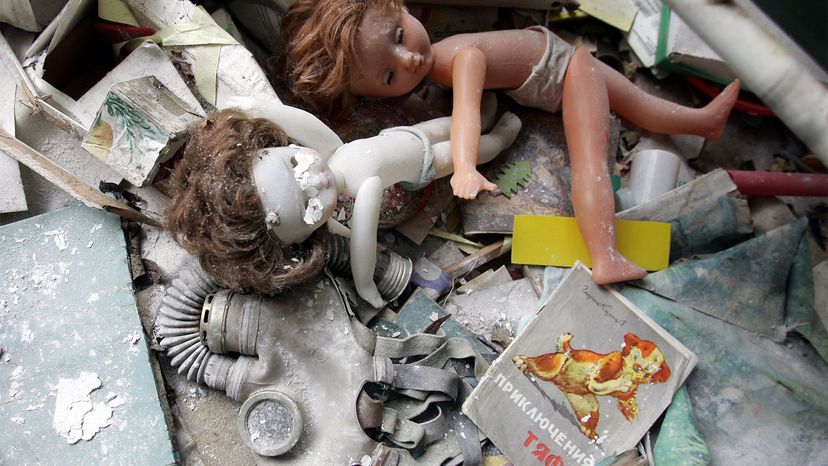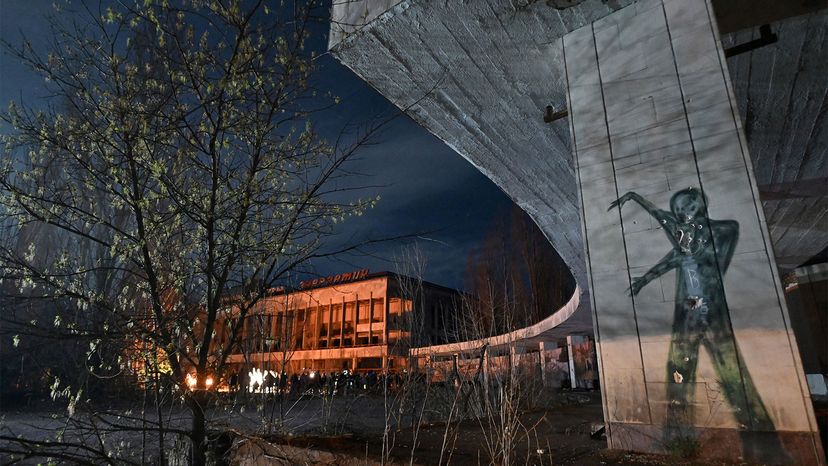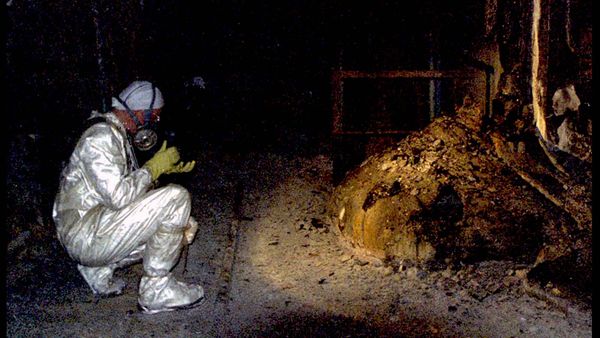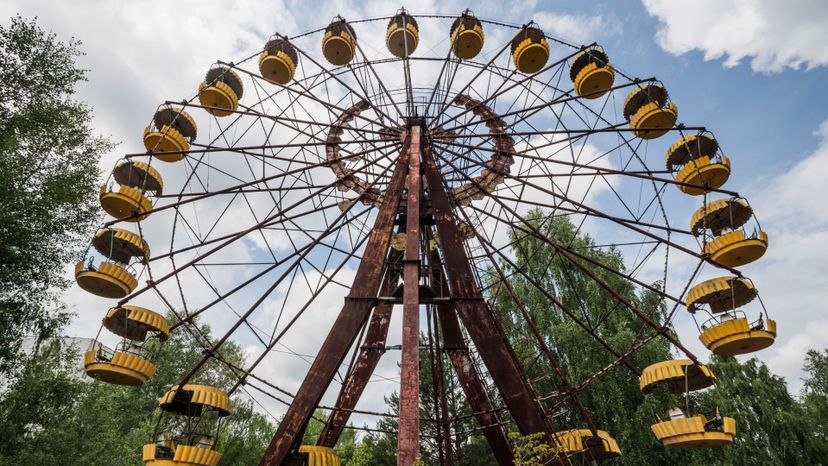
In early February 2022, as Russian troops massed on the Ukraine-Belarus border a short distance away, Ukrainian soldiers trained for the confrontation that was to come. They roamed through a deserted city, firing their guns and launching grenades and mortars in the shadows of abandoned, decaying buildings, some of which displayed the old hammer-and-sickle symbol of the defunct Soviet Union. As they went through their drills, a special radiation control unit monitored the levels to which the soldiers were being exposed, as this Reuters dispatch detailed.
The site of this eerie scene was a place called Pripyat, located near the heart of the Chernobyl Exclusion Zone, a circle with a radius of nearly 19 miles (30 kilometers) around the Chernobyl nuclear power plant that suffered a catastrophic accident April 26, 1986. The area was evacuated because of high radiation levels, and Pripyat, once a thriving city of 50,000, including many workers at the nuclear plant, was abandoned. Over time, its urban landscape became overgrown with trees and vines.
Advertisement
Though in recent years, people increasingly have ventured into the zone, the onetime Soviet atomgrad – Russian for "atomic city" – has never been repopulated. Instead, its crumbling buildings serve as a reminder of the danger of nuclear power when it's not properly managed and safeguards prove inadequate.
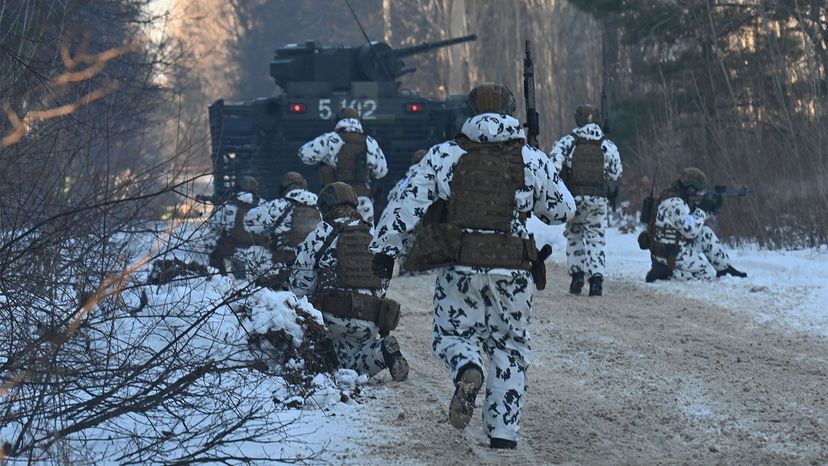
Advertisement
